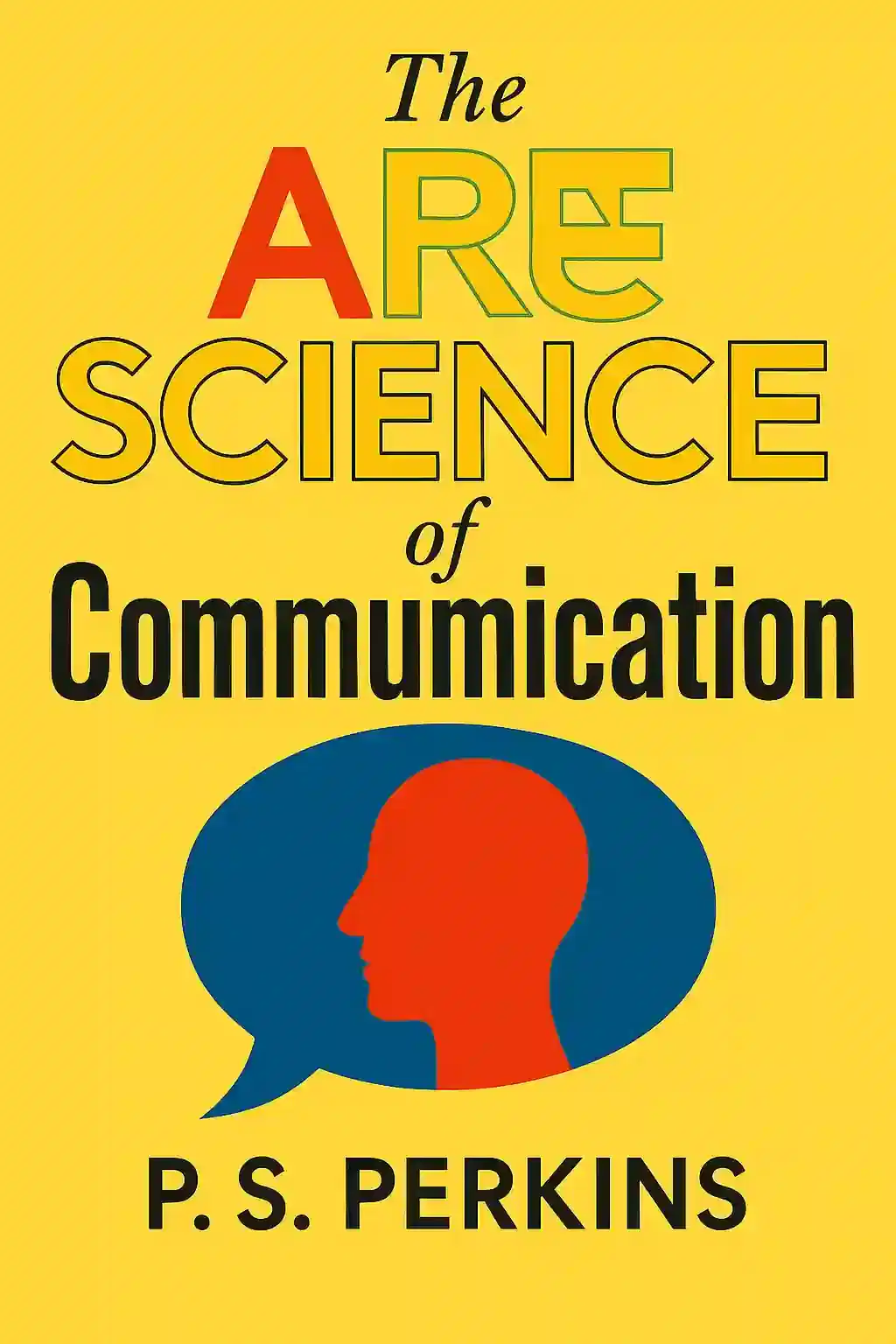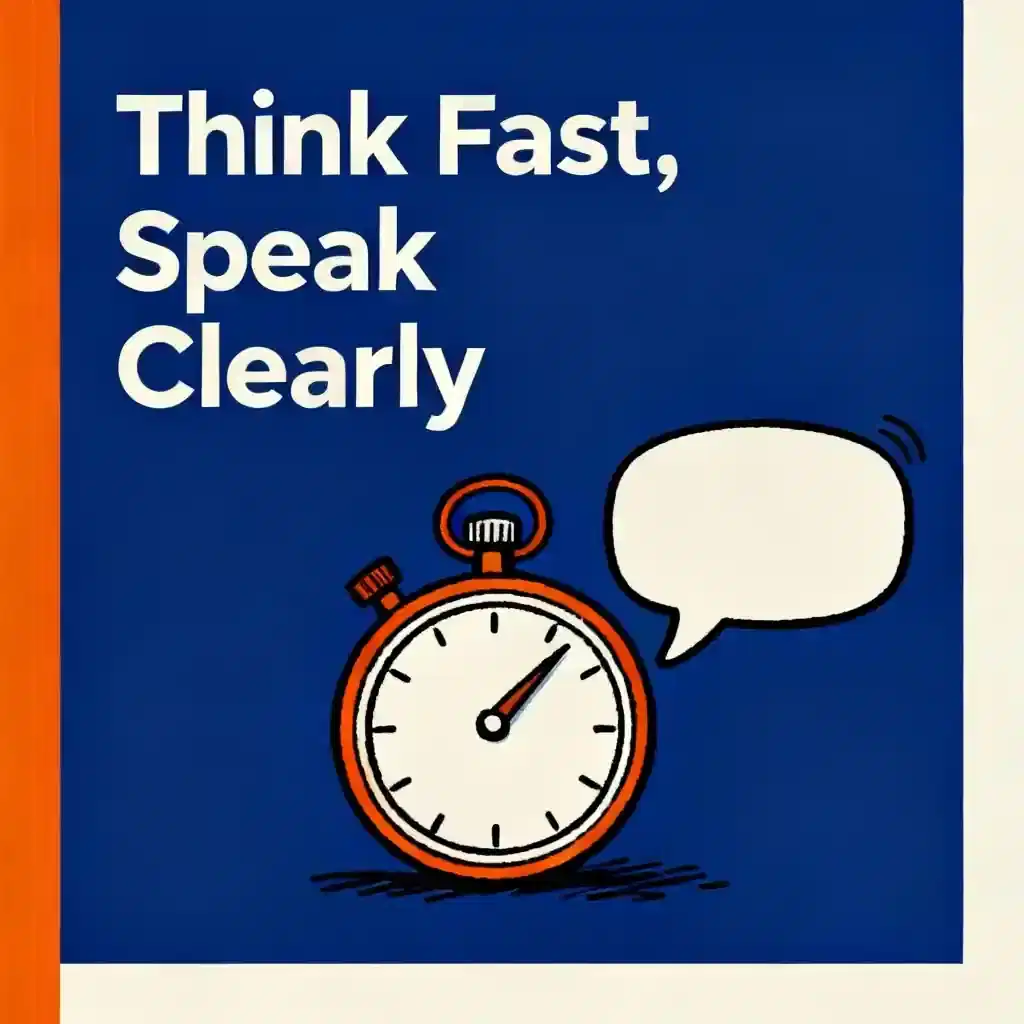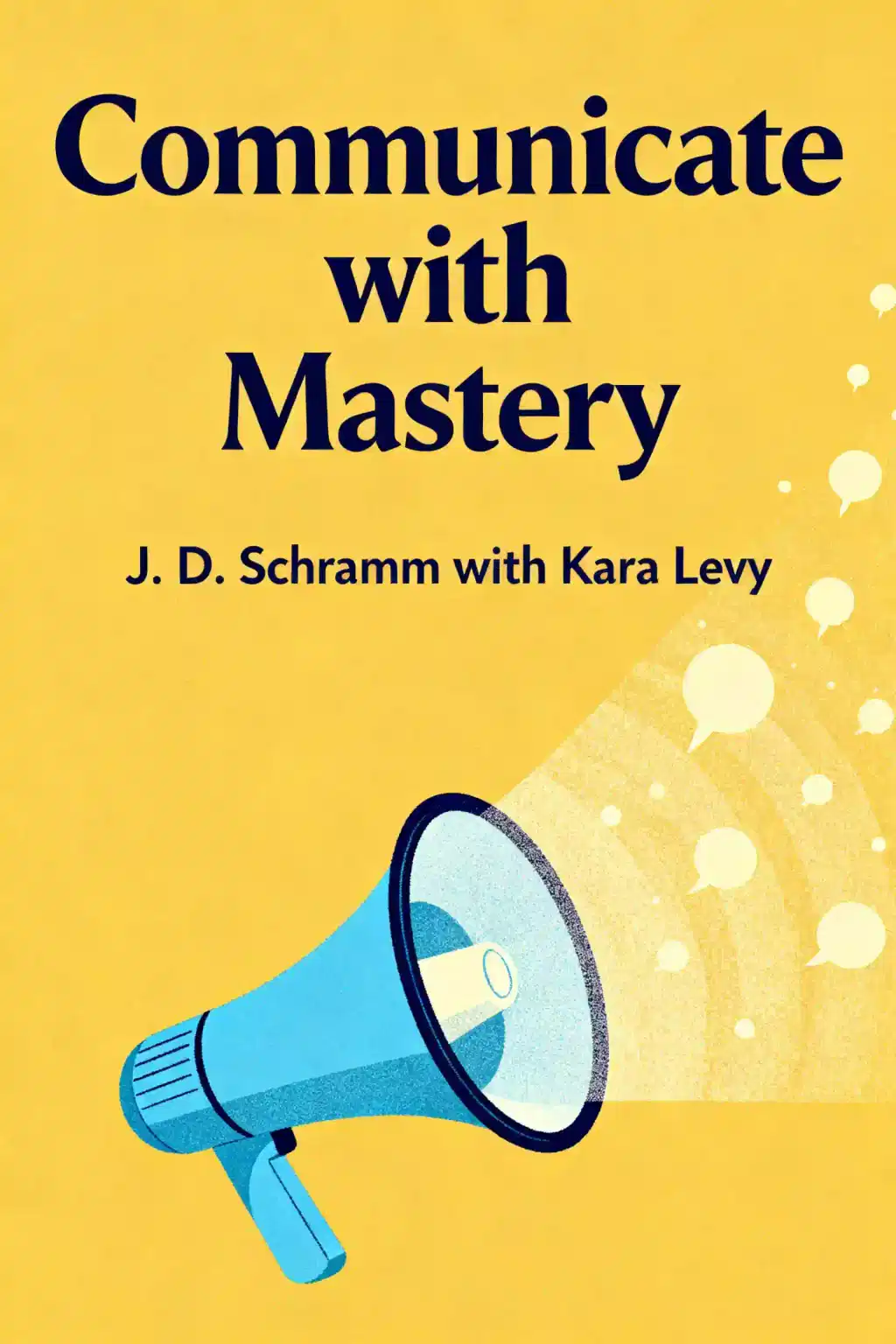
The Art of Explanation by Ros Atkins Summary
Overview of The Art of Explanation
BBC journalist Ros Atkins reveals his viral "Seven-Step Explanation" method that's transforming classrooms and boardrooms alike. Why did Forbes call it essential for "polishing communication skills"? Master the art that Jeremy Bowen praises for making audiences truly listen and understand.
Similar books to The Art of Explanation
Feel the book through the author's voice
Turn knowledge into engaging, example-rich insights
Capture key ideas in a flash for fast learning
Enjoy the book in a fun and engaging way
Key takeaways
The Clarity Revolution: Making Sense in a Complex World
In an era of information overload, the ability to explain complex ideas with precision isn't just valuable-it's revolutionary. BBC journalist Ros Atkins discovered this through his viral explainer videos that garnered millions of views. When Prince Harry and Meghan Markle stepped back from royal duties, his four-minute explanation became definitive. During the pandemic, his clear breakdowns helped millions navigate confusing policies. What makes these explanations so powerful isn't flashy production-it's a systematic approach to communication that works in every domain of life. Whether you're pitching an idea to investors, explaining a medical diagnosis to family, or teaching a difficult concept, the difference between connection and confusion comes down to how well you explain yourself. Clarity isn't a natural talent-it's a skill anyone can develop through deliberate practice and the right framework.
The Ten Pillars of Powerful Explanation
Know Your Audience: The Foundation of Connection
The Seven-Step System: Building Clarity From Chaos
Mastering Dynamic Situations and Everyday Communication
Embracing Imperfection: When Things Go Wrong
The Everyday Power of Explanation
Quick Summary Mode - Read or listen to The Art of Explanation Summary in 9 Minutes
Break down key ideas from The Art of Explanation into bite-sized takeaways to understand how innovative teams create, collaborate, and grow.
Flash Card Mode - Top 6 Insights from The Art of Explanation in a Nutshell
Distill The Art of Explanation into rapid-fire memory cues that highlight Pixar’s principles of candor, teamwork, and creative resilience.

Fun Mode - The Art of Explanation Lessons Told Through 21-Min Stories
Experience The Art of Explanation through vivid storytelling that turns Pixar’s innovation lessons into moments you’ll remember and apply.
Personalize Mode - Read or listen to The Art of Explanation Summary in 0 Minutes
Ask anything, pick the voice, and co-create insights that truly resonate with you.

From Columbia University alumni built in San Francisco
"Instead of endless scrolling, I just hit play on BeFreed. It saves me so much time."
"I never knew where to start with nonfiction—BeFreed’s book lists turned into podcasts gave me a clear path."
"Perfect balance between learning and entertainment. Finished ‘Thinking, Fast and Slow’ on my commute this week."
"Crazy how much I learned while walking the dog. BeFreed = small habits → big gains."
"Reading used to feel like a chore. Now it’s just part of my lifestyle."
"Feels effortless compared to reading. I’ve finished 6 books this month already."
"BeFreed turned my guilty doomscrolling into something that feels productive and inspiring."
"BeFreed turned my commute into learning time. 20-min podcasts are perfect for finishing books I never had time for."
"BeFreed replaced my podcast queue. Imagine Spotify for books — that’s it. 🙌"
"It is great for me to learn something from the book without reading it."
"The themed book list podcasts help me connect ideas across authors—like a guided audio journey."
"Makes me feel smarter every time before going to work"
From Columbia University alumni built in San Francisco

Get the The Art of Explanation summary as a free PDF or EPUB. Print it or read offline anytime.














